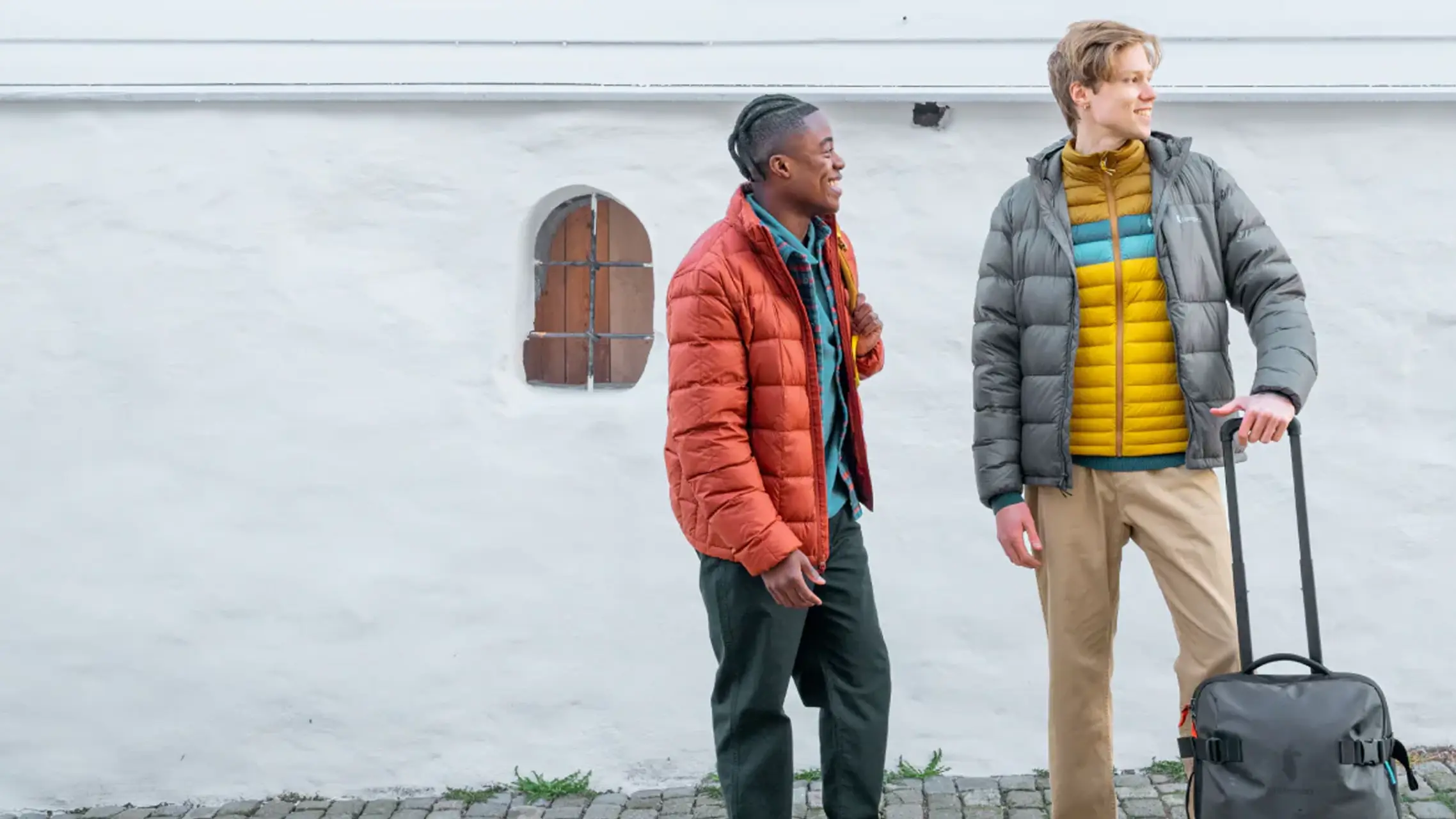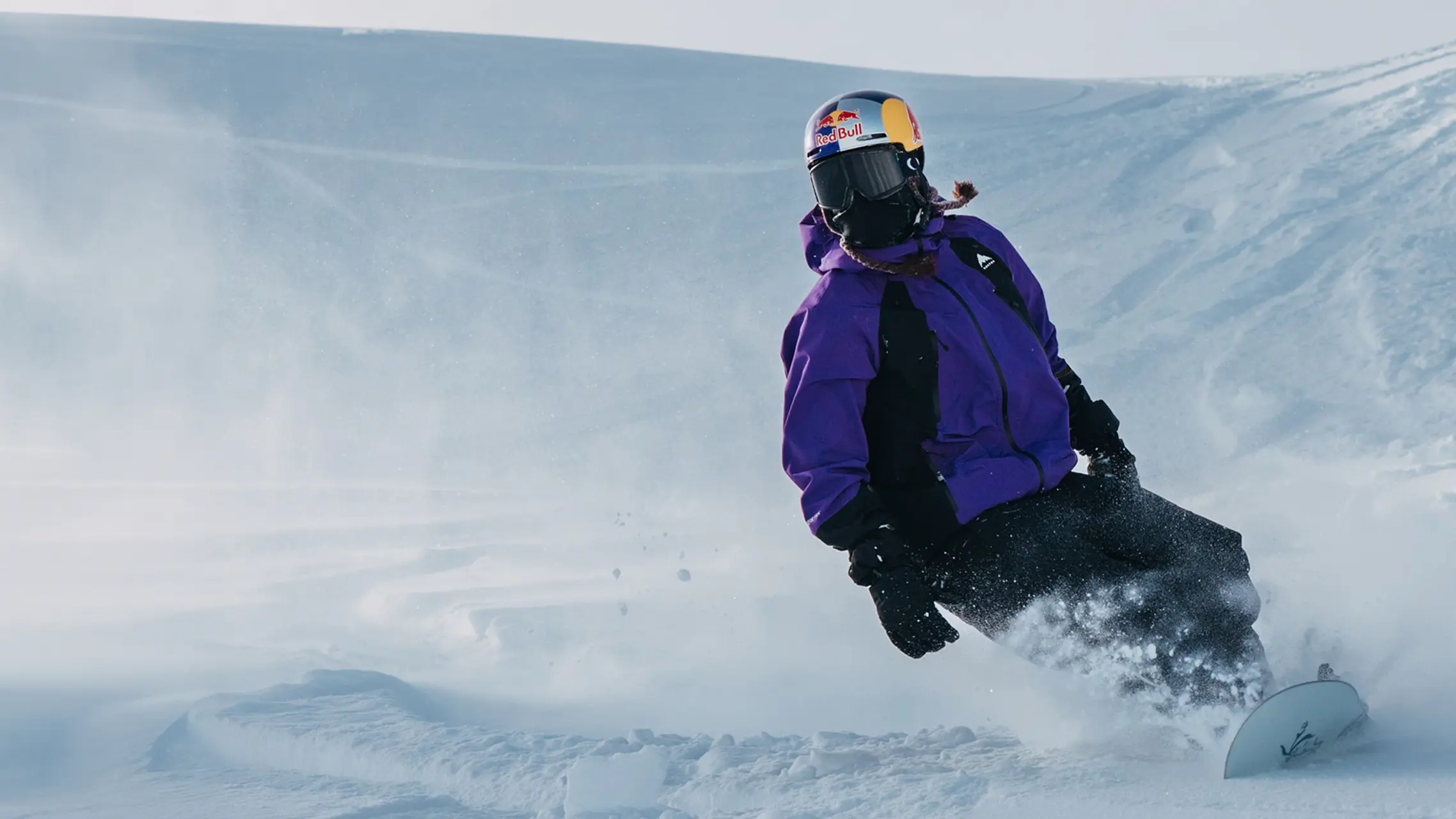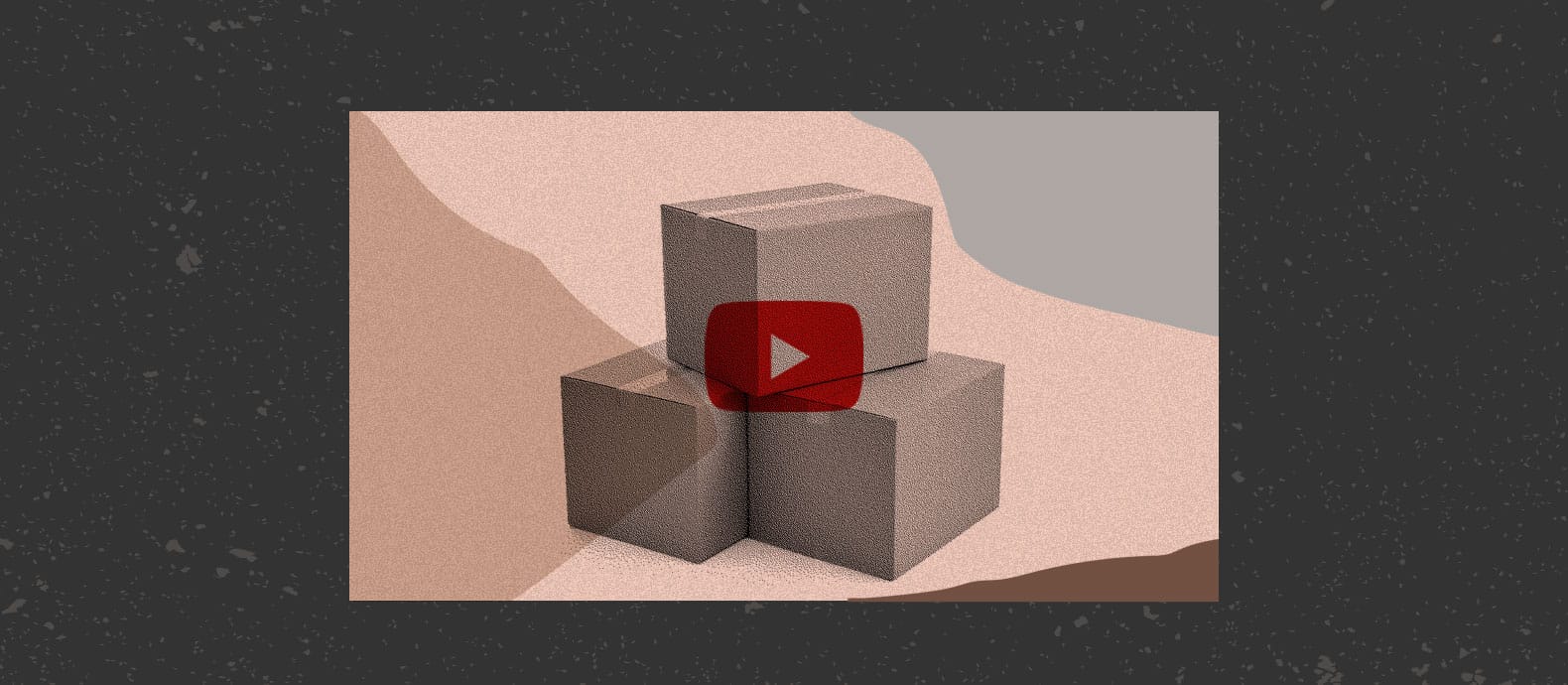Our helpful guide to protecting your creative works, explaining copyright, and clearing up some confusion around the issue.
Basics of copyright
What is copyright?
In short, copyright (sometimes known as author’s right) refers to the legal protection granted to creators of artistic, literary, and scientific works.
What can I protect with copyright?
The full requirements for copyright may vary between nations, but there are two general properties a work must have in order to qualify for copyright.
- It must exist. Copyright does not cover ideas. For something to be protected by copyright, it must be expressed in a fixed manner.
- It must be original. Works must express the free and creative choices of their creator, and reflect their personality and creativity. This is, of course, down to a certain level of subjectiveness.
To give an idea of the types of works that can be copyrighted, here’s a list of some examples. This is by no means a complete list, but some common examples.
- Works of art: drawings, paintings, photography, sculpture.
- Audiovisual works: films and choreography. Also music, including the notation, the lyrics, and the recording.
- Written works: including articles, blog posts, books, plays and poems, and recorded speeches.
- Computer programs and information contained within databases
- Architectural plans, maps, and technical drawings, specifically the drawings and creations, rather than the plans or projects.
- Advertisements.
Furthermore, simply using expressions, single words, standard calendars and phone listings, and so on will not grant copyright, since nothing new has been added by the creator. Copyright is the protection of an individual’s expression and creative work, so using commonly-used words and phrases which already exist does not mean the creator has used creativity to transform anything or to make something new.

Registering copyright
Do I need to register my copyright?
The first thing to note with copyright is that in most places, including the EU and USA, it’s automatically granted upon creation. This sets copyright apart from other forms of intellectual property, which generally has to be registered for it to receive any form of protection.
However, registration of copyright is certainly recommended. In the event of copyright disputes reaching court, having paperwork detailing registered ownership of IP is enormously beneficial for a number of reasons.
Registered copyright establishes a public record of ownership, meaning the status of the IP holder is greatly clarified. In the US, copyright registration is necessary to prevent infringing imports from entering the country, and is also necessary to press charges in copyright infringement cases. Lastly, it allows the IP holder to claim statutory damages, whereas, without copyright registration, real financial damages would have to be proved for recompensation to be granted.
Finally, copyright holders are permitted and encouraged to display copyright ownership, even if formal registration has not happened. This simply involves adding the © symbol, with the year of first publication and the name of the copyright holder. Simply adding this tag at the end of creative material will bolster your defense in a legal case.
How to register a copyright in the USA?
Registering a copyright is relatively simple. According to the United States Copyright Office, an application includes three elements: “a completed application form, a nonrefundable filing fee, and a nonreturnable deposit—that is, a copy or copies of the work being registered and “deposited” with the Copyright Office.”
You can register online at the US Copyright Registration Portal. Registration fees are $35 or $55, depending on your specific situation. Read the United States Copyright Office’s brochure Registering a Copyright with the U.S. Copyright Office for more detailed information.
You’ll need to prepare:
- Up to $55, though your registration may cost less.
- A copy of the work you wish to protect, which will not be returned.
As a final tip, we recommend you register online: it’s quicker and cheaper than the mail route. If you’re registering online, then this will take around 3-11 months. Mail applications can take over one or sometimes two years to process. Check out this page for more details on the timing and cost of copyright registration.
Protections of Copyright
Where is my work being protected with copyright?
Actual copyright law is based on national law, rather than full international harmonization. However, there exists a number of international agreements, primarily the Berne Convention of 1886, that allow many protections to cross borders and for work to be protected in similar ways across a range of nations.
What protections does a copyright grant?
The rights granted to copyright owners are twofold and come under moral rights and economic rights.
Moral rights
Moral rights protect the emotional and intellectual investment an author has put into a piece of work. These rights cannot be sold or transferred, but the author may waive them if they so choose. The grants such protections as:
- Attribution, or the right to be recognized as the creator of a work.
- Objection to false attribution, so authors cannot have a work they did not create attributed to them.
- Objection to derogatory treatment of a work, so as to protect the reputation of an author from distortion or mutilation of their work.
- Privacy, such as choosing not to allow a privately commissioned video to be used and displayed by the hired videographer.
Economic rights
Economic rights protect the creator’s ability to profit economically from a created work. Unlike moral rights, these can be sold or transferred by the copyright holder. The rights granted include reproduction and distribution of the work, public performances, adaptation, and more.
How long does copyright last?
This depends on the type of rights granted, and also the law of particular nations. Moral rights are typically unlimited in time, whereas economic rights commonly last until 50-70 years after the death of the author.
What can I do if someone uses my copyrighted work?
Ecommerce IP infringement guides
Red Points has already prepared a number of easy-to-follow guides for a number of different ecommerce marketplaces and social media sites. Check the list below to find any relevant articles:
How to remove counterfeits from DHgate
How to report trademark infringements on Amazon.
How to report a seller on eBay
How to report a counterfeit on Taobao, TMall, and TMall Global
How to report intellectual property infringements on Etsy
How to remove a counterfeit from AliExpress
How to remove counterfeits from Instagram
If you find copyright infringement online, and the response from the methods above from the platforms which host the content is insufficient, the typical response is to file a Digital Millennium Copyright Act (DMCA) takedown request.
What a DMCA takedown request does
A DMCA takedown request is issued by copyright holders to the service or platform that hosts material that infringes copyright. This can be sent to the website owner primarily, and then to the internet service provider (ISP) if the first step proves unsuccessful. The request can also be sent to search engines if you wish for your work to not appear in online searches.
The DMCA is an American entity, but that doesn’t restrict its use to the United States. Takedown requests are very commonly adhered to, regardless of the nationality of the copyright holder and whoever hosts the infringing material, assuming both belong to any of the 189 members of the World Intellectual Property Organization (WIPO). Remember, a DMCA takedown is not a legally-binding document, but it is a formal request that is typically followed.
How to send a DMCA takedown request
There are websites that provide DMCA takedown request generators – you just need to put in your details and the site will put it into a formal request, one such great DMCA tool is available at Who Is Hosting This.
First, you’ll want to collect evidence of the infringing material. This means taking screenshots and copying URLs of the websites where the infringement is being hosted.
What information do you need for a DMCA request
Your contact details
- Name
- Address
- Phone number
- Email address
Infringement details
- Name of infringing work
- Original content samples, such as URLs or images
- Infringing content samples, such as URLs or images
What happens when a DMCA takedown request doesn’t work
Although a DMCA takedown request is not legally binding, nor a legal obligation of action, it is considered a serious decision to ignore a formal request like this. If you reach this stage, where the offending party refuses to recognize your request, then we recommend you seek a stronger response.
Red Points specializes in the online protection of intellectual property and the recovery of revenue lost as a result of infringements. In particular, Red Points’ Copyright Enforcement services give business and content owners the ability to automate the detection and removal of infringements to their copyrighted assets.
What is copyright fair use in the USA?
Fair use gives allowance for copyright protections to be bypassed without the permission of the copyright holder if certain criteria are met, in the cases of commentary, parody, or teaching, for example. This differs greatly between countries, where it’s sometimes known as fair dealing, but generally, these criteria matter most:
Purpose/character of the use
This allows works to use copyrighted material if it is ‘transformative’, meaning it adds new meaning or expression to the original piece, and not that it simply copies an original work. Works of a commercial nature are less often protected than works that are non-profit or educational.
Nature of the copyrighted work
Fair use is more commonly granted to works based on fiction than to works based on fact.
The substantiality of the copyrighted work used
Generally, using smaller amounts of copyrighted work is more likely to be permitted than using huge chunks of it. However, if the borrowed part is considered the “heart” of the original work, then even a minor copy from the original will not be considered fair use.
How the new work may affect the value of the original
Any use of a new work that would harm the original’s ability to make a profit would be unlikely to be considered fair use.








